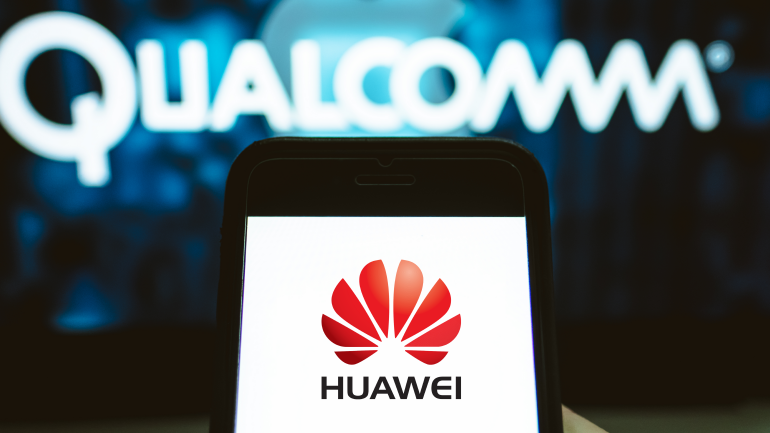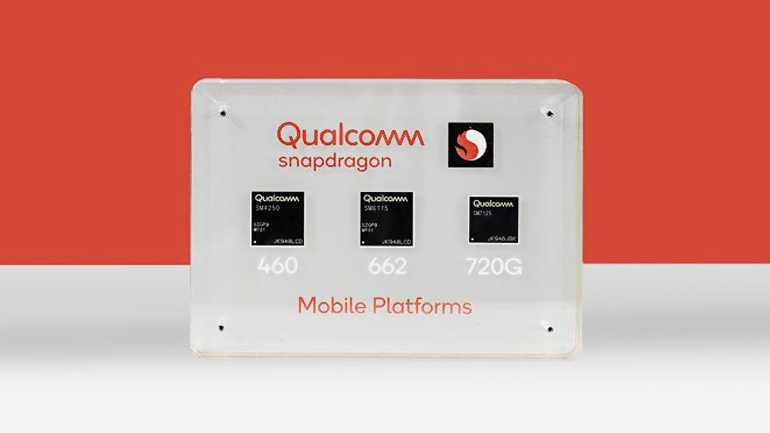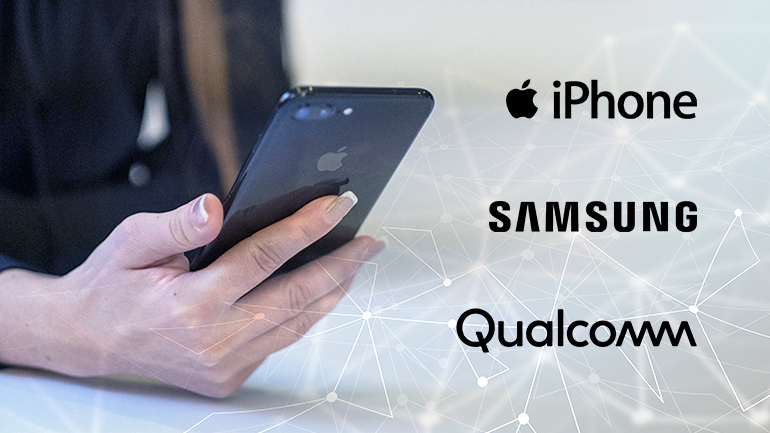Telefónica and Qualcomm Technologies, Inc. have established a partnership to improve their positions as market leaders in the future of XR and the Metaverse. Utilizing the Snapdragon Spaces™ XR Developer Platform and Telefónica’s cutting-edge fixed and mobile network infrastructure, the two companies will collaborate on building and expanding the XR ecosystem. The agreement also covers the launching of XR/metaverse goods and services as well as an investigation of collaborative business potential. With the implementation of this agreement, it will be possible to offer consumers brand-new experiences that combine the digital and analog worlds, reimagining communication, entertainment and commerce in the Metaverse. Snapdragon Spaces, a platform from Qualcomm Technologies, enables programmers to maximize wearable AR’s potential through the use of cutting-edge technologies, a cross-device SDK, and an open XR ecosystem. Telefónica sees significant potential in fusing powerful networks, decentralized Web3 and immersive gadgets. Both businesses are attempting to…
Qualcomm Technologies has developed a drone platform with an artificial intelligence and 5G-based reference architecture. The Qualcomm Flight RB5 5G platform aims to speed up the growth of commercial, corporate and industrial drones. The Flight RB5 5G Platform is designed to serve as a foundation for commercial, enterprise and industrial drone development, assisting organizations in successfully capturing and processing data from drone cameras. The new 5G platform combines several complicated systems into a closely connected drone system. Mapping, inspection, film and entertainment, military, security and emergency response and delivery are some of the use cases for this technology. The platform, which is powered by the Qualcomm QRB5165 processor, expands on Qualcomm Technologies’ most recent solutions for the Internet of Things (IoT), delivering a solution that will power the next generation of high-performance, low consumption 5G drones. AI and machine learning are key to the platform, assisting in the…
The American mobile chip making giant, Qualcomm, is trying to persuade the US government to allow them to sell its chips to Huawei for their 5G smartphones. According to reports, Qualcomm selling its 5G chips to the Chinese multinational technology company might end up helping American business. The US trade ban on Huawei has severely affected the manufacturer’s inventories. When the US increased sanctions against Huawei in May, it was immediately clear that it would be a huge blow to the Chinese seller, as the company would no longer be able to use components from US suppliers. In fact, the impact of sanctions quickly proved to be as expected. Just last week, Huawei announced that its latest flagship smartphone, Huawei Mate 40, would be the last model to use high-end Kirin processors manufactured by its subsidiary HiSilicon. The US trade ban on Huawei will not prevent the…
Even though fifth generation mobile communications technology is set to go mainstream, 4G, also known as LTE, isn’t going away any time soon. With this in mind, it is not surprising that manufacturers of telecom equipment continue to develop 4G-focused smartphone processors. US-based Qualcomm Technologies has launched three new Snapdragon mobile platforms aimed at 4G smartphone manufacturing companies. The Qualcomm Snapdragon 720G, 662 and 460 chipsets have been created to enhance user experiences across connectivity, gaming and entertainment applications. In a statement, the company said that these new mobile platforms provide high-speed 4G connectivity, deliver key Wi-Fi 6 features and integrated Bluetooth 5.1 with advanced audio via the Qualcomm FastConnect 6-series subsystems, support Dual-Frequency (L1 and L5) GNSS to improve location positioning accuracy and reliability, and are the first system-on-chip products to support Navigation with Indian Constellation (NavIC) satellite positioning system. Qualcomm said the new Snapdragon platforms also…
In 2020, Apple is anticipated to release its first 5G-enabled iPhone powered by chipsets from Qualcomm and Samsung, according to a report from reliable supply chain analyst Ming-Chi Kuo of TF International Securities. Following Intel’s announcement earlier this month about exiting the 5G modem chip market for iPhones, Apple had to turn to Qualcomm to ensure the supply of a 5G modem chip. The tech-giant is also looking for a second supplier and, in all probability, this will be Samsung. “We expect Apple will likely adopt 5G baseband chips made by Qualcomm (focus on mmWave markets) and Samsung (focus on Sub-6GHz markets) for lowering supply risk, reducing costs and having better bargaining power,” said the analyst Ming-Chi Kuo. Kuo believes that the introduction of a 5G-enabled iPhone could create a wave of upgrades and purchases, especially for the high-end models. “We are positive on the high-end iPhone models’ replacement…
While 5G maintains its dominant position in telecom news headlines, Qualcomm has made a major move towards the realization of this disruptive technology with the announcement of the first fully-integrated QTM052 5G NR mmWave and QPM56xx sub-6 GHz RF modules for mobile devices. These antennas will be used in conjunction with the Snapdragon X50 5G module to achieve the stellar target speeds of 5G networks. “Qualcomm Technologies’ early investment in 5G has allowed us to deliver to the industry a working mobile mmWave solution that was previously thought unattainable, as well as a fully-integrated sub-6 GHz RF solution. Now, these type of modem-to-antenna solutions, spanning both mmWave and sub-6 spectrum bands, make mobile 5G networks and devices, especially smartphones, ready for large scale commercialization,” commented the president of Qualcomm Incorporated. Even though the mmWave signals can offer the critically higher speeds that are essential for this cutting-edge network, they can…
T-Mobile is revolutionizing VoIP communication with its groundbreaking 5G standalone network, achieving uplink speeds of 2.2 Gbps using New Radio Dual Connectivity. By aggregating 2.5 GHz and mmWave spectrum, T-Mobile significantly enhances VoIP performance, catering to demanding applications like live streaming and gaming. This innovation elevates VoIP experiences worldwide.
MediaTek has unveiled the Dimensity 9400, a powerful chipset built on TSMC’s 3nm process, delivering up to 40% better power efficiency and 35% faster single-core performance. Targeting edge-AI applications, it supports Wi-Fi 7, tri-fold smartphones, and advanced 5G connectivity.
EE has launched its 5GSA mobile network across 15 UK cities, including London, Manchester, and Glasgow, aiming to enhance mobile coverage and performance. Alongside this, the new Wi-Fi 7 Smart Hub Pro promises superior home broadband speeds and connectivity. These advancements position EE as a forefront leader in the UK’s cellular network arena.
German carriers Vodafone and 1&1 have launched a national roaming partnership, enhancing mobile communications across Germany. New 1&1 customers can seamlessly access Vodafone’s network in areas not yet covered by 1&1. Existing 1&1 customers will also benefit, accessing both 1&1’s 5G network and Vodafone’s national roaming.













